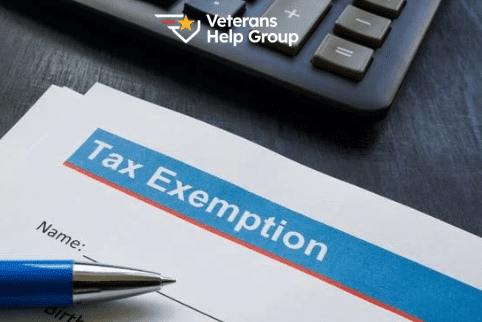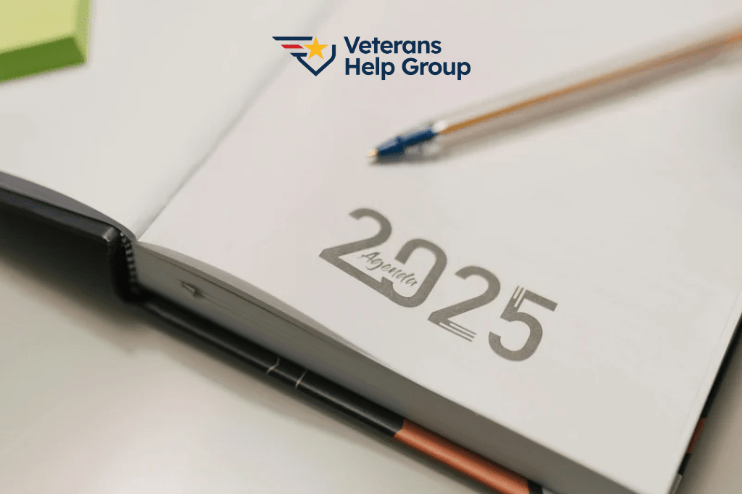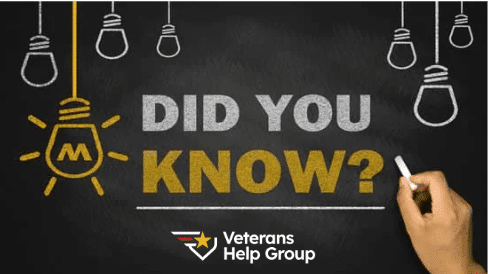
Table Of Contents
VA Benefits Explained
Veterans disability benefits can provide much-needed financial support and medical care for disabled veterans. But, the VA disability system can be confusing. Here are the basics you need to know about the VA benefits you may be entitled to, how to apply for them, and what to do if your claim is denied.
Who Can Get VA Disability Benefits?
VA benefits are typically available to a veteran who is disabled as a result of an injury or exposure that occurred while on active duty. The VA calls this a “service-connected” disability. While many people think of disabled veterans as those who were injured in combat, eligibility is actually much broader. For example, veterans who were exposed to toxins during their military service may be eligible for VA disability, even if they don’t get sick until much later. And, non-duty-related injuries that occurred while on active duty may also qualify a veteran for disability benefits.
VA Disability Ratings
When the VA determines that you are partially or wholly disabled and that your disabling condition is service-connected, you will be assigned a disability rating. This rating may be as low as 0% or as high as 100%. Your disability rating determines the amount of benefits you can receive and what type of medical care is provided.
Depending on the nature of your disability, you may or may not be periodically reevaluated. If your condition is reevaluated, your disability rating may be either increased or decreased. Federal regulations give the VA broad discretion to determine when reexamination is appropriate, with a few exceptions. For instance, periodic reexamination should not be scheduled if the condition has persisted with no material improvement for five years or more. And reevaluation should be scheduled for veterans over the age of 55 only in “unusual circumstances.”
Your disability rating may also increase if you are later diagnosed with another service-connected or secondary service-connected condition.
Securing VA Disability Benefits
When you apply for VA disability benefits, you will be required to prove both that you suffer from a disabling condition and that your condition is service-connected. The documentation you assemble will have a significant impact on whether you are approved for VA disability benefits and perhaps on your disability rating. So, it’s important to get it right. The best time to connect with an experienced veterans benefits advocate is before you take the first step. But, if you have already been denied, you still have rights and options.
To learn more about how Veterans Help Group can assist at every stage of the administrative process, contact us here or call (855) 855-8992 right now, or fill out the contact form on this site.

VA Disability Benefits and Tax Exemptions: What You Should Know
VA Disability Benefits and Tax Exemptions: What You Should Know Written by: Schuyler Swanton,...

Veterans Help Group In The Community
Veterans Help Group in the Community Written by: Bobbi Boudi, Director of Community Outreach, Amy...

The Veterans Appeals Efficiency Act of 2025
The Veterans Appeals Efficiency Act of 2025 Several bills are currently pending in Congress that...





